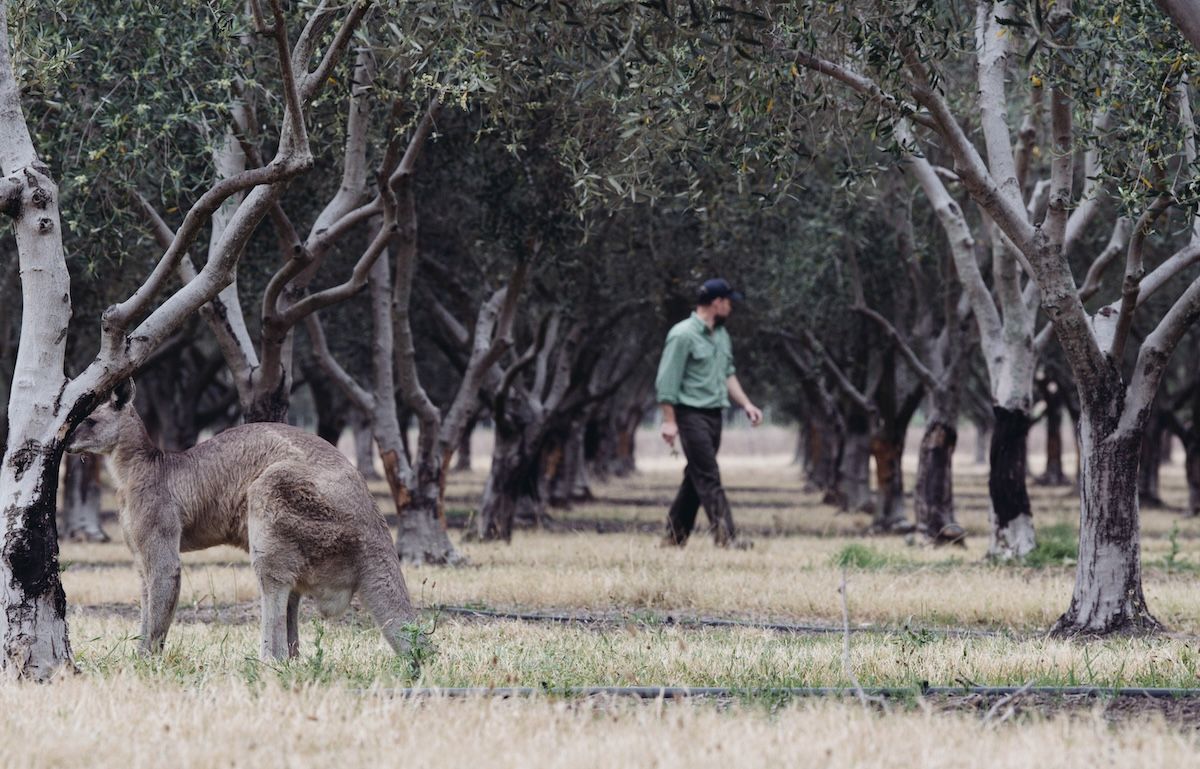News


Australia’s olive growers have once again shown remarkable resilience and expertise, producing a high-quality harvest in 2025 despite challenging drought conditions.
According to the Australian Olive Association (AOA), farmers and millers across the country are celebrating both satisfying yields and exceptional olive oil quality this season.
Record-Breaking Results
Early reports suggest the 2025 harvest may surpass last year’s production. In 2024, Australia produced 13,200 metric tons of olive oil, and this year’s volumes are already looking higher.
Michael Southan, Chief Executive of the AOA, confirmed, “The turnout that producers are seeing is what we expected, not only in terms of volumes – the quality is excellent. From what I’ve heard, those who have been tasting the olive oils so far say they are of optimal quality.”
Australia’s largest olive oil producer, Cobram Estates, processed more than 80,000 tons of olives, yielding an impressive 14.2 million litres of olive oil—a significant rebound from last year’s “off-year” season.
Navigating Drought Conditions
Drought-affected regions differed across the country. South Australia experienced one of its worst droughts in years, leaving some growers without access to irrigation and unable to harvest a crop. Meanwhile, New South Wales and Victoria faced milder conditions, allowing for satisfying yields.
“South Australia was in drought, one of the worst droughts they’ve experienced. Those who did not have access to irrigation in the region most of the time did not get a crop,” Southan noted.
“For the eastern states of the country, such as NSW and Victoria, the season unfolded differently. There it was still dry, but to a lesser extent, and the yields were satisfying.”
Across other states, manageable rainfall patterns over 2024/25 were helping out Australia’s olive growers.
Adapting to Climate Change
Extreme weather events are increasingly challenging Australian olive growers.
Peter and Caroline O’Cleary of Homeleigh Grove near Canberra faced a severe hailstorm that damaged fruit and table olives. “Olive oil quality was generally good, but milder than usual,” they reported, highlighting that their yield was up around 25 per cent on past years.
The CSIRO’s latest climate report warns of hotter summers, longer fire seasons, and intense rainfall, emphasising the need for adaptive farming practices.
The average level of Australian olive oil quality has been rising, as growers respond to these changes with better irrigation, effective pruning, and other strategies.
“Some of the trees, particularly those that have been well managed and pruned the year before, performed very well,” Southan said, reflecting the rising standard of Australian olive oil.
Tasmanian Triumph
Tasmania’s Lauriston Grove, a premium olive oil producer established three decades ago, reported record-breaking results in 2025.
Owner Marco Linardi shared, “The 2025 harvest was completed at the end of May, and it is a record-breaking harvest in terms of yield and volume of extra virgin olive oil.”
“The quality is again very high, with some amazing extra virgin olive oil,” he added.
This year’s olive harvest was a huge success, thanks to the hard work and dedication of our growers. Celebrating this achievement is a reminder of the importance of agriculture to Australia’s economy and how innovative and strong our community is.
Source: Olive Oil Times
Get the latest industry updates
Contact Us
We will get back to you as soon as possible.
Please try again later.



